What is one-to-one correspondence and why is it an important part of child development?
Children start developing number sense even before they can count accurately. They may know their age or the number of fingers they have, but understanding numbers fully comes later.
Initially, they learn number names by imitating others, but these hold little meaning at first. As they grow, they progress through two stages of counting—rote counting and rational counting (1:1 counting).
What is Rote Counting?
Rote counting is when a child recites number names in order, like parroting. It’s crucial because memorizing number names helps children later connect each name to a symbol and learn their sequence.
Young children often start rote counting to 10 around age 2 or 3 and count higher as they grow. Initially, they might mix up the sequence, but with practice, they improve.
Rote counting is about memorizing the sequence, not true counting, as it doesn’t guarantee counting each object only once.
What is Rational Counting?
Rational counting means a child can assign the correct number name to each object as they are counted. There is also an understanding of how many objects there are in total.
The difference between rote counting and rational counting is that the first is a process of memorizing number names in sequence and the second is the process of developing an understanding of the value of numbers.
What is One-to-One Correspondence
One-to-one correspondence is when a child moves past rote counting and is able to count rationally – by assigning one number to each item, in the correct sequence.
It means to count objects reliably, one at a time, and give a total value to answer the question ‘How many?’ It can be called one-to-one counting.
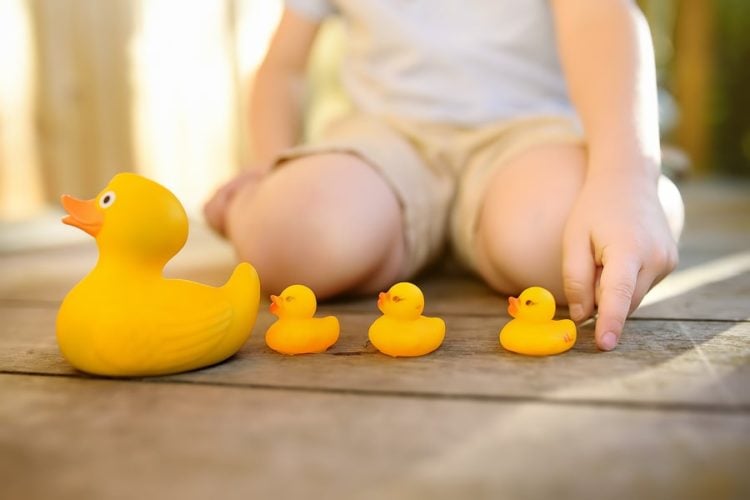
This means being able to count a set of 5 objects by pointing to each object and giving each object the next number name until each object has been counted once.
A child who has not yet developed one-to-one correspondence may skip over an object, count an object more than once, or not yet see a connection between the number names and the objects.
A child who grasps 1:1 correspondence has mastered the four counting principles:
- Each object can only be assigned one number name.
- The number names must be used in a fixed order (one, two, three, four, etc).
- It does not matter what order the objects are counted in (start with any object and count them in any order and the total will always be the same).
- The last number name used gives the total number of objects (how many). This is called the cardinal number.
Later on, a child will learn to count backwards, skip count (e.g. count by twos, fives, etc.) and eventually recognize the value of a group of objects by sight (e.g. a set of 5 objects).
Developing one-to-one correspondence is a much better indication of a child’s understanding of numbers than being able to ‘count’ to a high number.
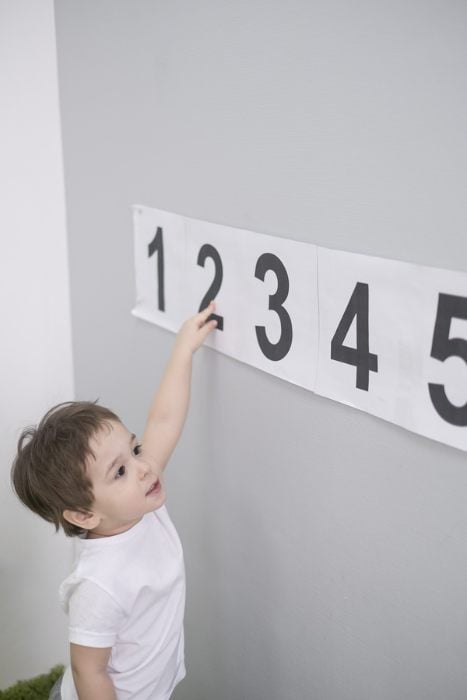
How to Teach One-to-One Correspondence
Just as you teach a toddler to count, you can introduce one-to-one counting early on. Children learn this skill in two ways—incidentally through play or intentional teaching during play.
Learning Incidentally
Children naturally encounter opportunities to learn one-to-one correspondence in everyday life, such as:
- Making sandpit cakes and adding a ‘candle’ to each
- Matching cups to saucers in a tea set
- Putting on socks, shoes, and gloves (learning pairs)
- Climbing steps on a jungle gym
Parents and teachers can model this by touching and moving objects as they count or pointing to each word while reading, helping children learn through observation.
Learning Explicitly
Provide hands-on counting experiences with objects like beads, blocks, Lego pieces, and food items.
Make these activities fun and meaningful, such as counting glasses for the dinner table, to keep children engaged. Start with real objects, then move on to counting pictures (e.g., “How many clouds do you see?”).
Preschoolers aren’t ready for abstract numbers yet, so focus on concrete learning first. Use a concrete-pictorial-abstract approach, saving abstract concepts for later. Avoid worksheets, as they aren’t effective or developmentally appropriate for young children.
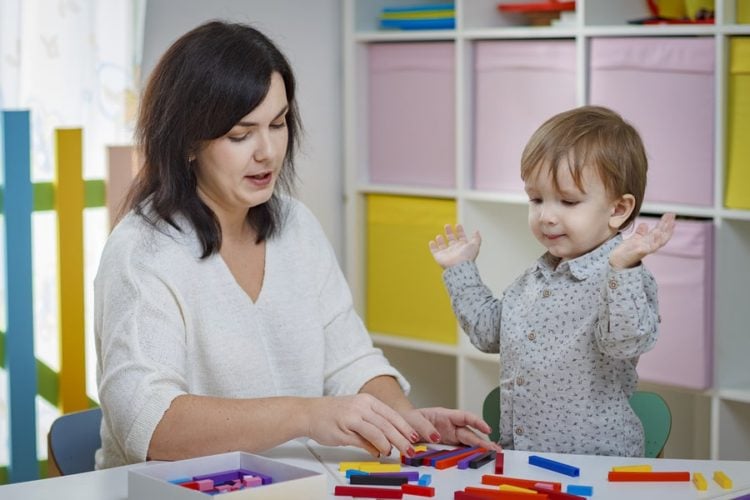
One-to-One Correspondence Activities
Here are some great one-to-one correspondence activities for preschoolers and kindergarteners, suitable for home or the classroom.
1. Count Body Parts
The best place to start with toddlers is to count their body parts because children experience the world through their bodies.
Start by counting one nose, one mouth, then move on to two eyes and ears. Ask children to count your eyes and ears as well.
Soon, they will be able to count the fingers on one hand, then the other, then both together. Count the toes as well.
Ask kids to hold out one hand and pass them one cup, or hold out two hands and pass two cups.
Much of mathematical learning is based on language. Use every opportunity to use language while doing these activities.
2. Count Everyday Objects
Make it a habit to count things as you encounter them in everyday life.
Count your steps as you walk with your child, count socks as you put them on, count the blue cars you pass on the road, etc.
Opportunities are everywhere – just be ready to spot them!
3. Recite Counting Rhymes

Counting rhymes and fingerplays are excellent for teaching young children to count. They may not yet have a one-to-one correspondence but this is a good place to start.
At first, they will memorize the number names only, but with practice, they will start to correspond the correct number with the correct finger or body part.
Here is an example of a basic finger rhyme to teach the value of two:
Two Little Dickey Birds
Two little dickey birds
Sitting on a wall
One named Peter
One named Paul
Fly away Peter
Fly away Paul
Come back Peter
Come back Paul
Here is an example of a rhyme that your children can say while extending one finger at a time, to learn the value of ten:
One, Two, Three, Four, Five
One, two, three, four, five,
Once I caught a fish alive,
Six, seven, eight, nine, ten,
Then I let it go again.
Why did you let it go?
Because it bit my finger so.
Which finger did it bite?
This little finger on my right.
4. Play In the Bath
Bath time is a great time for learning to count.
Offer young children toys such as ducks, verbalizing “I am giving you 2 ducks,” “Here is another duck. Now let’s count how many you have.” Touch or pick up each duck as you say each number’s name slowly.
When they are older, offer more toys in the bath. Throw in some capacity and count how many cups of water you need to fill the jug.
This activity can easily be replicated at a water table at school.
5. Play In the Sandpit
The sandpit is another place where children learn many mathematical skills.
Make mud pies or cupcakes and ask your child to make enough for each member of the family or each teacher. Make a row of turned-out shapes and count them.
Teach mathematical language by asking kids to make one more cake or one less.
6. Spend Time In the Kitchen
Get your children involved in learning while you cook together.
Ask your child to bring you 3 tomatoes for your salad or count how many bread rolls there are.
Ask an older child to fetch one potato for each person in the family. If it’s too challenging, first count on your fingers how many family members there are, then request that number of potatoes.
7. Play With Toys
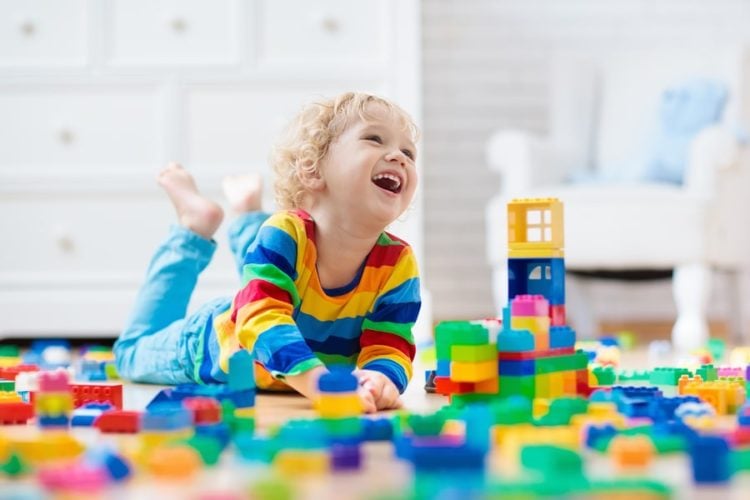
Let your children play regularly with blocks, construction toys, Lego, marbles, etc.
Playing with these kinds of toys creates an opportunity to learn incidentally.
Read more about the benefits of block play.
8. Play Number Games
Keep some number games handy and play them together with your children. Board games are also excellent for developing number sense.
Here are some ideas for games:
- Dominoes
- Snakes and Ladders
- Number Puzzles
- Matching Cards (get a printable set here)
9. Play Hopscotch
This awesome traditional game will teach kids the numbers, as well as ascending and descending order. Kids get to use their whole body during this game which makes it a concrete learning experience.
Here are the rules of Hopscotch.
I hope you’ve enjoyed reading about how children learn to count and develop mathematical skills.
Here are some fun number recognition games to play.
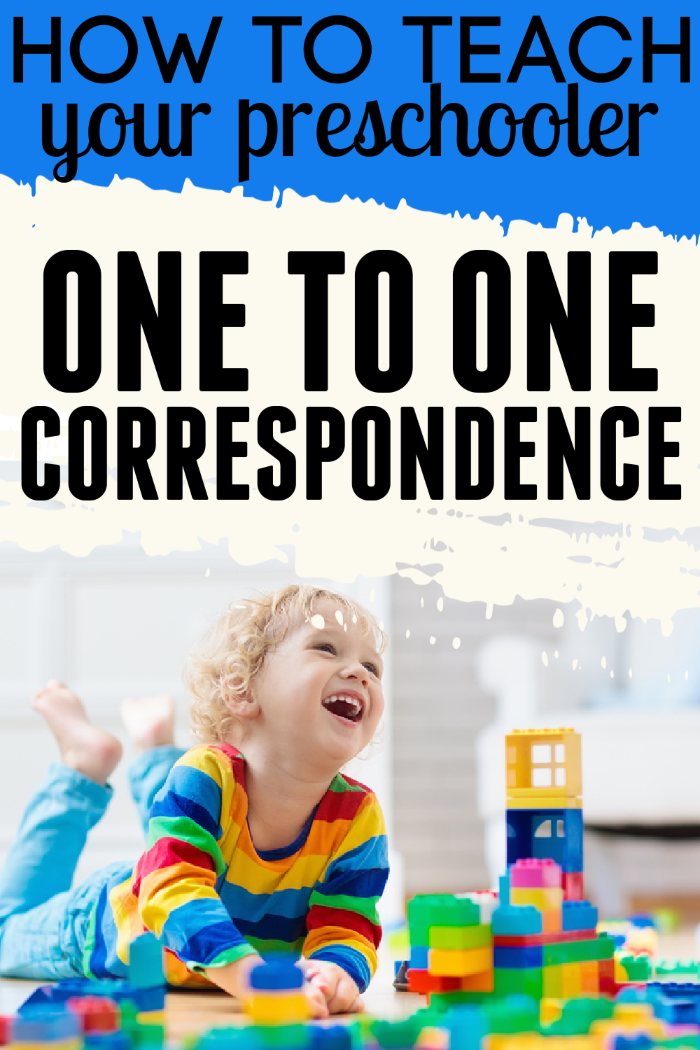
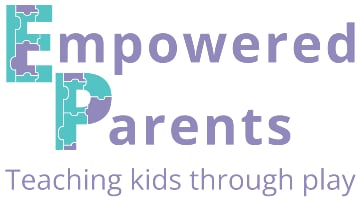
SANJAY Kumar
Wednesday 30th of October 2024
Very Good
Tanja McIlroy
Friday 1st of November 2024
Thanks for your reply!
Toluwalope
Tuesday 12th of April 2022
This is a beautiful way of teaching numbers to kids. So helpful.
Thank you for this piece.
Tanja Mcilroy
Tuesday 12th of April 2022
Thank you!